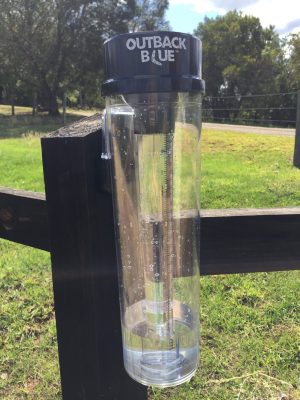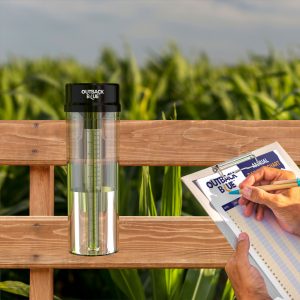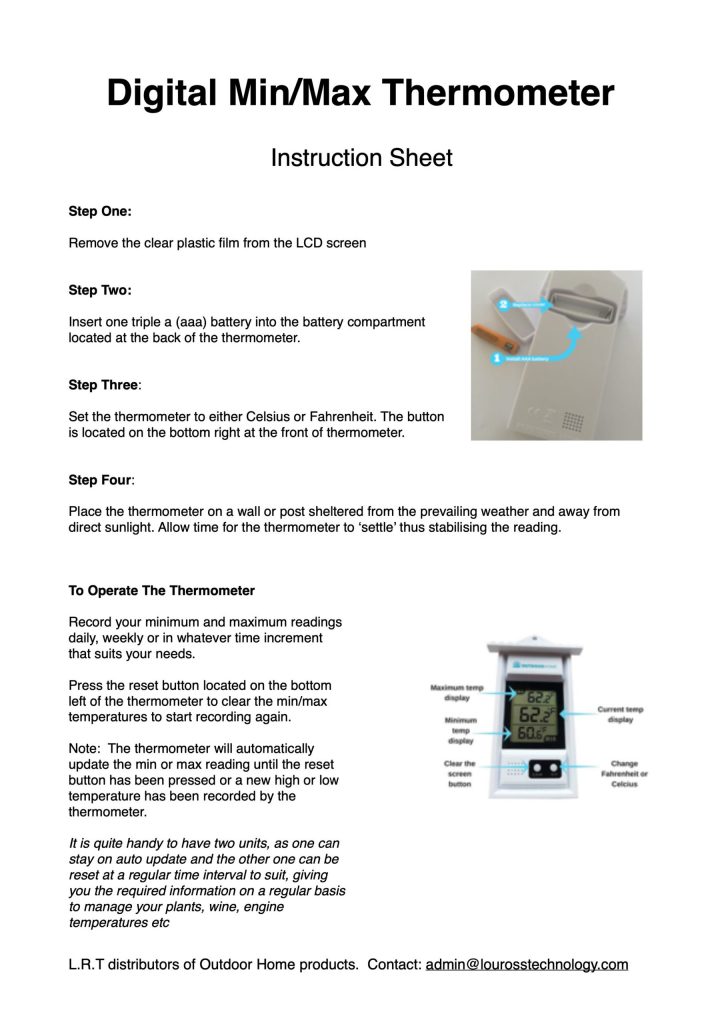For some people knowing how much rain fell in the backyard is just a matter of curiosity.
For others, it is essential for their day to day lives.
Regardless if you are a backyard weather watcher, or someone whose livelihood is based on rainfall, there is a rain gauge out
there for you to measure the rainfall just like the professionals do!
Key Factors To Consider
What is it going to be used for - home garden, commercial enterprise, farming, education.
Form or Function - Is the rain gauge purely to collect vital rain fall data,
an added decoration to the garden or somewhere in between.
The intended location - Is the rain gauge to be placed in the ground, on a fence or in a garden bed.
Climate - Do you live in a tropical area that receives monsoonal or heavy seasonal rain fall or a dry arid hot climate.
Exposure to harsh weather conditions can greatly affect the longevity of a rain gauge.
Budget - Prices vary in range from a low $4.00 up to $100’s of dollars. The price will also usually reflect the quality of the product.
If you are wanting a durable, sturdy product then you would also need to make sure the materials used to make the rain gauge are of a high standard.
Once you are clear on the factors that will suit your needs, it’s time to figure which rain gauge will be best for you.
Different types of rain gauges
There are two main types of rain gauges - manual and electronic.
Manual (analogue) rain gauges require you to check the rainfall collected in the gauge to record and empty.
These rain gauges are easy to use, simple to install and set and forget until it rains.
Electronic wireless rain gauges automatically record the rain collected and some even have the ability to automatically empty.
These rain gauges are a gadget mad, tech geeks dream! The installation and set up can be quite complicated and calibration of the unit may also be required.
Now its time to see what options may be suitable for you in the following examples
- Home Gardeners rain gauge - this type of rain gauge could be either manual or electronic depending on your tech abilities! The size of the rain gauge will be important to ensure it will be able to collect every drop of rain so you can effectively manage the plants and lawn in your garden. A six inch/150mm capacity or more rain gauge would be ideal and made of durable quality materials. The OutdoorHome 6”/150mm capacity rain gauge is a very popular choice in this category ticking all the boxes and more!
- Garden bed decoration - If you have a pretty garden bed a decorative rain gauge on a stake could be added for effect. These manual rain gauges usually have a smaller collection capacity and can be quite delicate.
- Professional rain gauge for the farmer, gardener, horticulture, commercial industries or education - The most suitable rain gauge for this situation is usually a manual large capacity rain gauge, similar to what weather bureaus use. The collection capacity is usually 10 inches/250 mm or more and made of durable materials that can withstand harsh climatic conditions. The Outback Blue 11”/280mm capacity rain gauge fits this bill perfectly for keen weather watchers, farmers, schools and avid gardeners.




